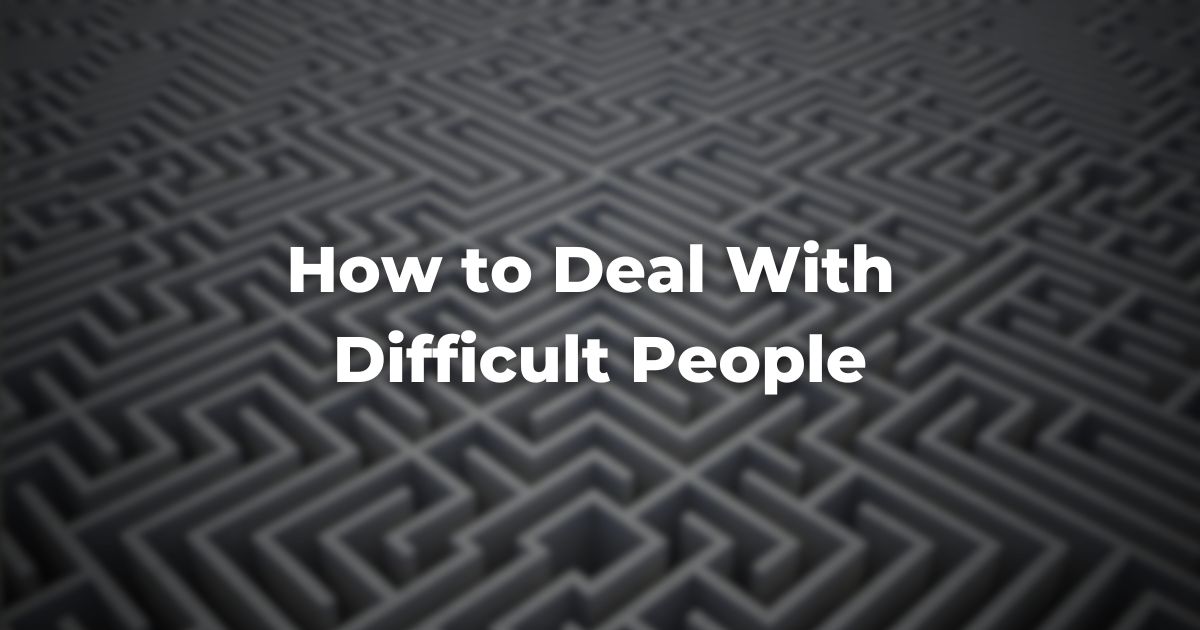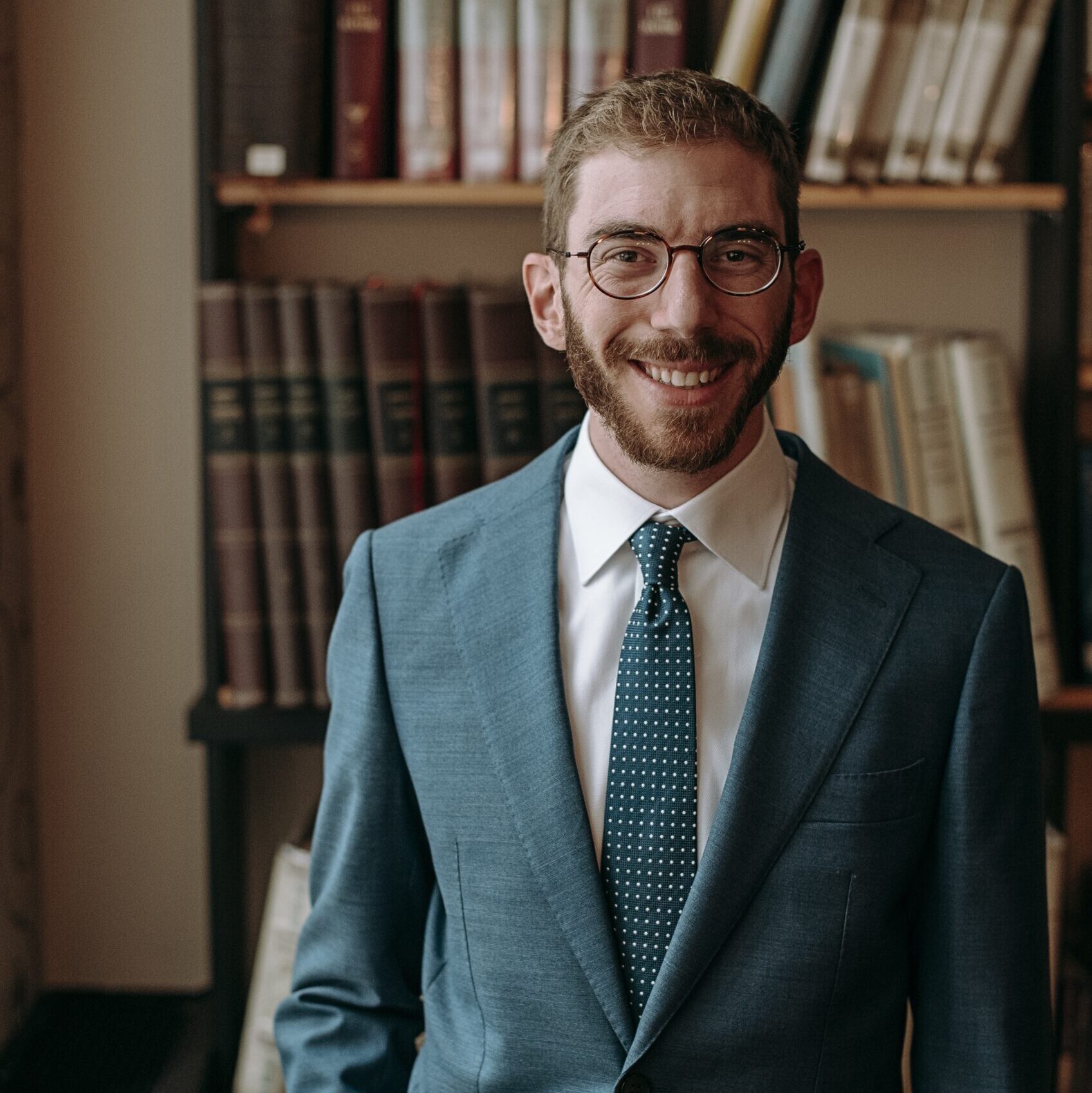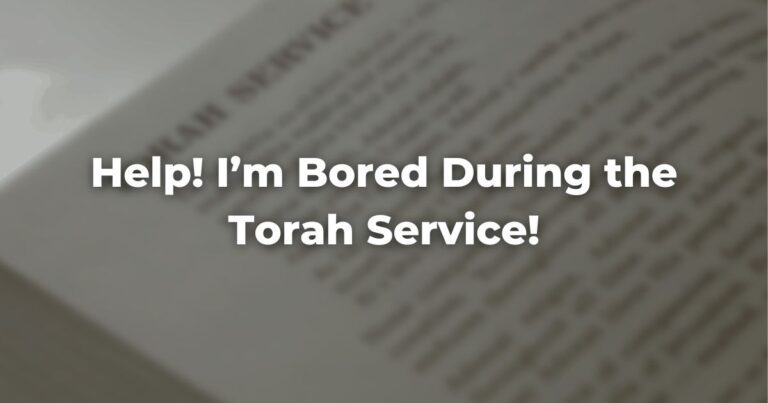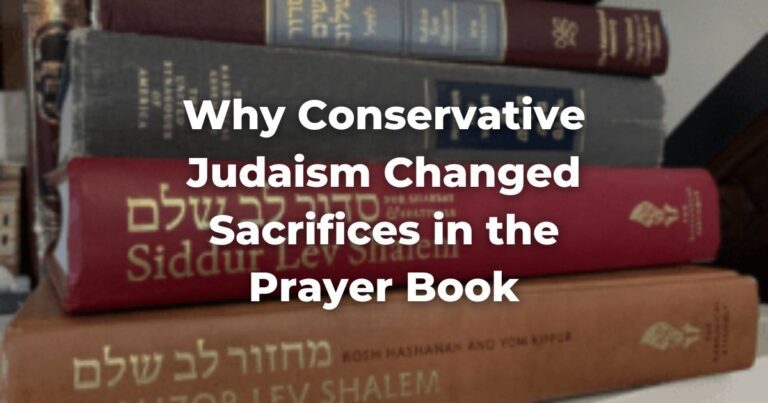How do we handle difficult people or people we are ideologically opposed to?
It feels like a very contemporary question but already in the time of the MishnahA collection of rabbinic teachings edited in Israel around 225 CE. Organized in six sedaraim by subject matter and dealing with both ritual and civil law. Both the Jerusalem and Babylonian Talmud are expansive discussions of the Mishnah. Read more and the TalmudReferring to one of two collections, the Jerusalem and Babylonian Talmuds, edited in the 6th century, that contains hundreds of years of commentary, discussion, and exploration of the ideas in the Mishnah. One could describe it as Mishnah + Gemara = Talmud Read more, some 2,000 years ago, we see rabbis wrestling with this issue.
In Tractate Sanhedrin in the Babylonian Talmud, a story is told about Rabbi Zeira and a group of biryonim. The biryonim were a militant anti-Roman political movement that was often at odds with the rabbis.
There were certain biryonim who were living in the neighborhood of Rabbi Zeira. He brought them close, i.e., treated them with friendship, in order to cause them to repent of their sins, but the other Sages disapproved. When Rabbi Zeira died, those biryonim said: “Until now, there was the short one with singed legs, i.e., Rabbi Zeira, who would pray for compassion for us. Who will pray for compassion for us now?” They [the biryonim] thought about this in their hearts and repented. (Sanhedrin 37a)
In this story we see two differing approaches to dealing with these biryonim. The approach of the majority of rabbis, the Sages, was to distance themselves from them, perhaps to avoid their negative influence. Rabbi Zeira, on the other hand, purposely became close with them in order to positively influence them. And by the end of the story, Rabbi Zeira’s approach is successful in getting the biryonim to change their ways.
In Pirkei Avot, the Mishnaic collection of ethical teachings, we see both approaches. In Pirkei Avot 1:12 we see Rabbi Zeira’s approach reflected in the teaching of Hillel.
Hillel used to say: be of the disciples of Aaron, loving peace and pursuing peace, loving mankind, and drawing them close to the TorahRefers to the first five books of the Hebrew Bible, the Tanakh, also called the Five Books of Moses, Pentateuch or the Hebrew equivalent, Humash. This is also called the Written Torah. The term may also refer to teachings that expound on Jewish tradition. Read more.
Here Hillel prioritizes interpersonal relationships and drawing people close to positively influence them. By becoming close with someone, one may hope to gently steer them in a better direction. Arguing politics, rarely, if ever, changes someone’s mind, but having a friend who models values in their life can make an impact over time.
In Pirkei Avot 2:9 we see the opposite approach of distancing.
He [Rabban Yohanan ben Zakai] said unto them: go forth and observe which is the evil way which a man should distance themselves from? Rabbi Eliezer said, an evil eye; Rabbi Joshua said, an evil companion; Rabbi Yose said, an evil neighbor; Rabbi Shimon said, one who borrows and does not repay, for he that borrows from man is as one who borrows from God, blessed be He, as it is said, “the wicked borrow and do not repay, but the righteous deal graciously and give” (Psalms 37:21). Rabbi Elazar said, an evil heart. He [Rabban Yohanan ben Zakai] said to them: I prefer the words of Elazar ben Arach, for in his words your words are included.
The rabbis are discussing from what one should distance themselves. Rabbi Joshua and Rabbi Yose align more with the Sages’ approach of distancing from the biryonim and their bad influence. The evil companion and neighbor can have a negative influence on someone. If your friend is always inviting you to the bar or to skip class, there’s a chance you might take them up on the offer a few too many times.
The difference between Rabbi Zeira and Pirkei Avot 1:12’s approach of drawing close and the Sages and Pirkei Avot 2:9’s approach of distancing can be explained by the direction of influence. We can ask: who is doing the influencing?
The Sages seemingly disapprove of Rabbi Zeira’s behavior because they worry about the negative effect the biryonim will have on him. But Rabbi Zeira isn’t worried about their influence on him and befriends them explicitly in order to have a positive impact on them.
And there are situations where one approach is more appropriate than the other. There are times when being around certain people isn’t good for us. A coworker who constantly gossips isn’t helping us and may lead to not great work situations.
Yet, there are other times where our presence and friendship have a positive influence on people we might not agree with. The angry neighbor who constantly has issues with your yard may really just need someone to talk to, hear them, and offer a smile.
The story in the Talmud about the biryonim doesn’t end as clear cut as we might think. The biryonim repent, but only after Rabbi Zeira’s death when they fear that no one will pray for them. Is it possible to read Rabbi Zeira’s role more as an enabler than as a positive influence? Perhaps drawing close to them was only part of what was needed. After all, Pirkei Avot 1:12 says “drawing them close to the Torah.”
More than just friendship, we may need to engage in active guidance and modeling moral values.
A balance between Rabbi Zeira and the Sages may be called for. A mix of friendship, gentle rebuking, and role modeling. And it’s important to know oneself, and when a relationship could have a positive influence on both parties and when it could be more negative and dangerous for us. We must make that mental calculation, deciding when drawing close is appropriate, when our influence will help, and when we need to create distance in order to protect ourselves.
Author
-

Joshua Klein is a rabbinical student at The Schechter Rabbinical Seminary in Jerusalem, and previously studied at The Jewish Theological Seminary. He was a fellow in the first cohort of the Exploring Judaism's Writer's Fellowship. Joshua grew up in South Florida and before rabbinical school he worked in healthcare software in Wisconsin. Joshua has interned with synagogues in the US and Israel, with the Nativ Gap Year Program and Ramah’s high school in Israel program, and also worked as a chaplain intern at NewYork-Presbyterian Queens. While in New York, Joshua was also involved in Jewish climate activism. In his spare time, Joshua enjoys cooking, reading, writing, and wandering in museums or nature.
View all posts






